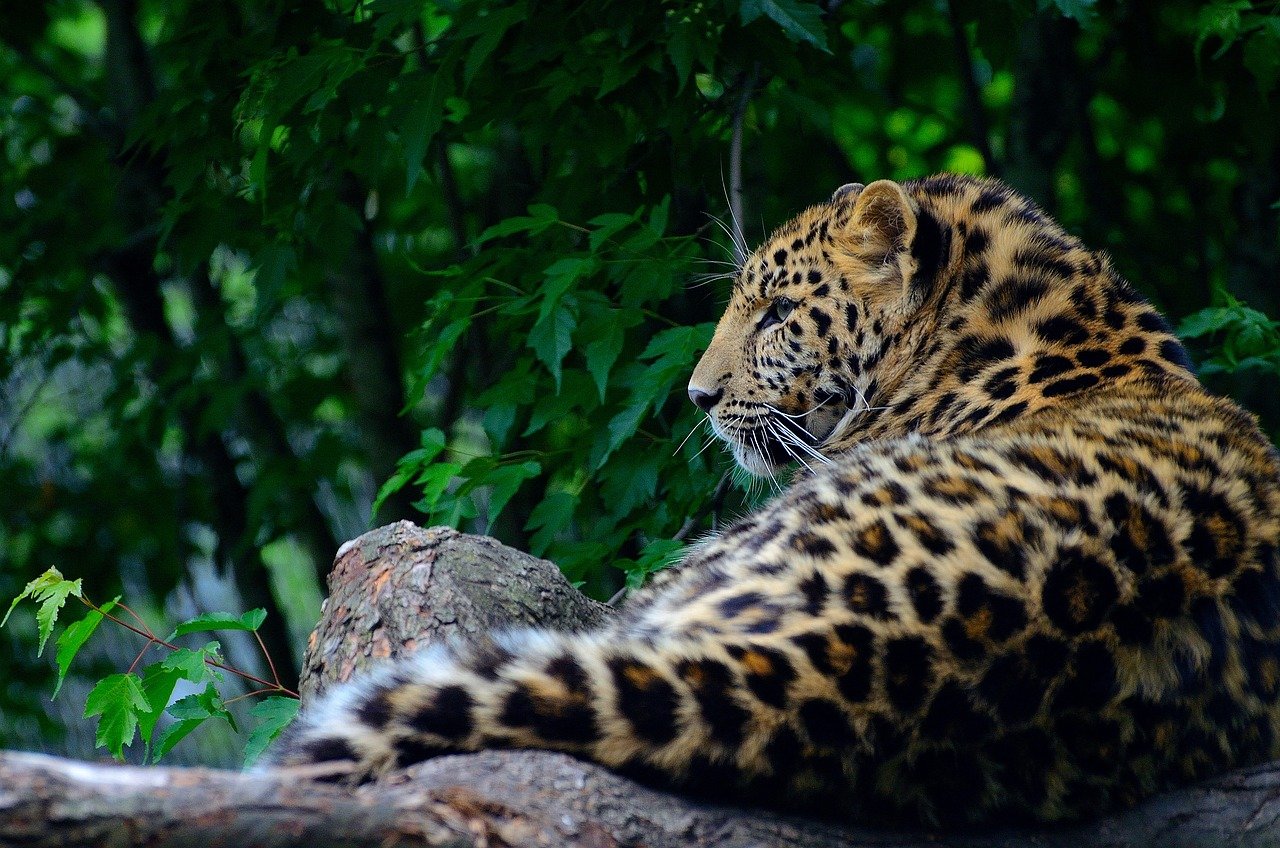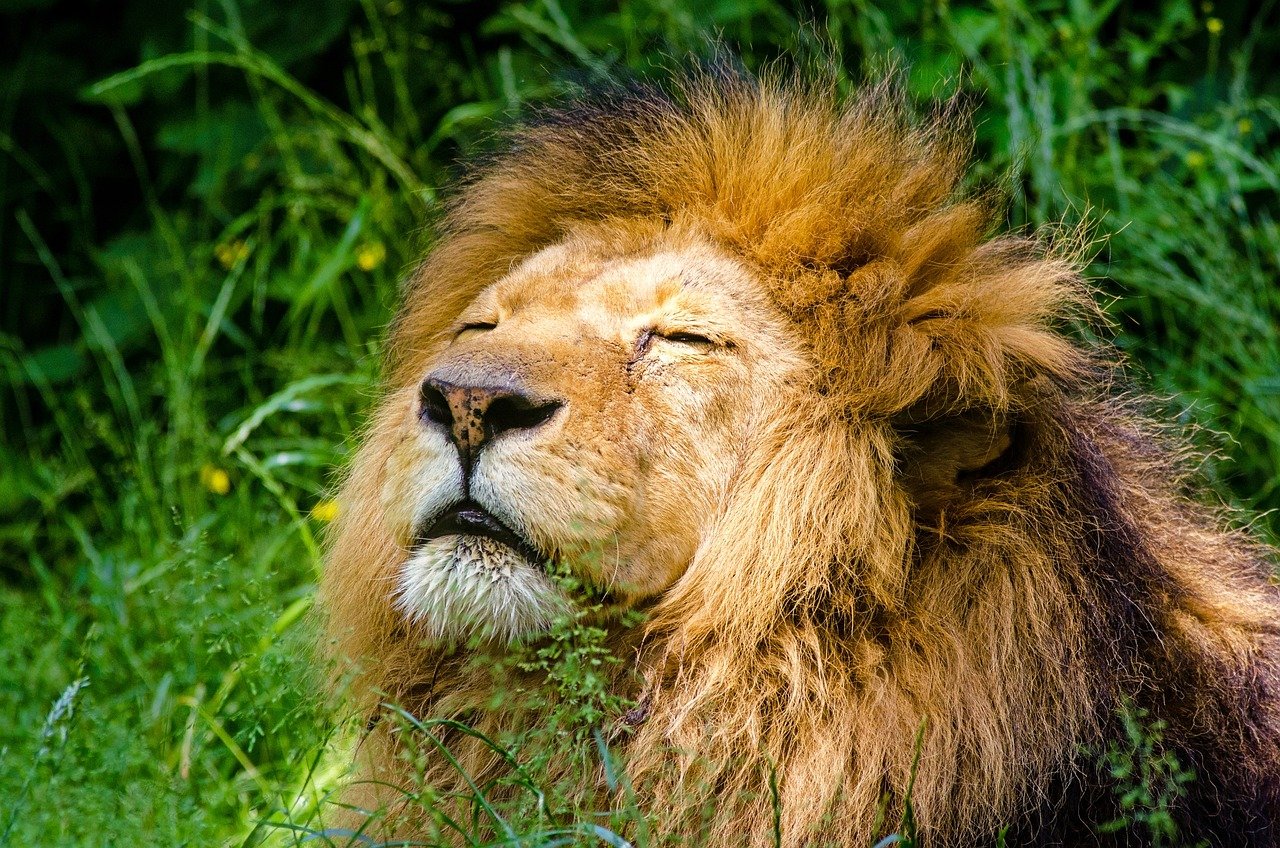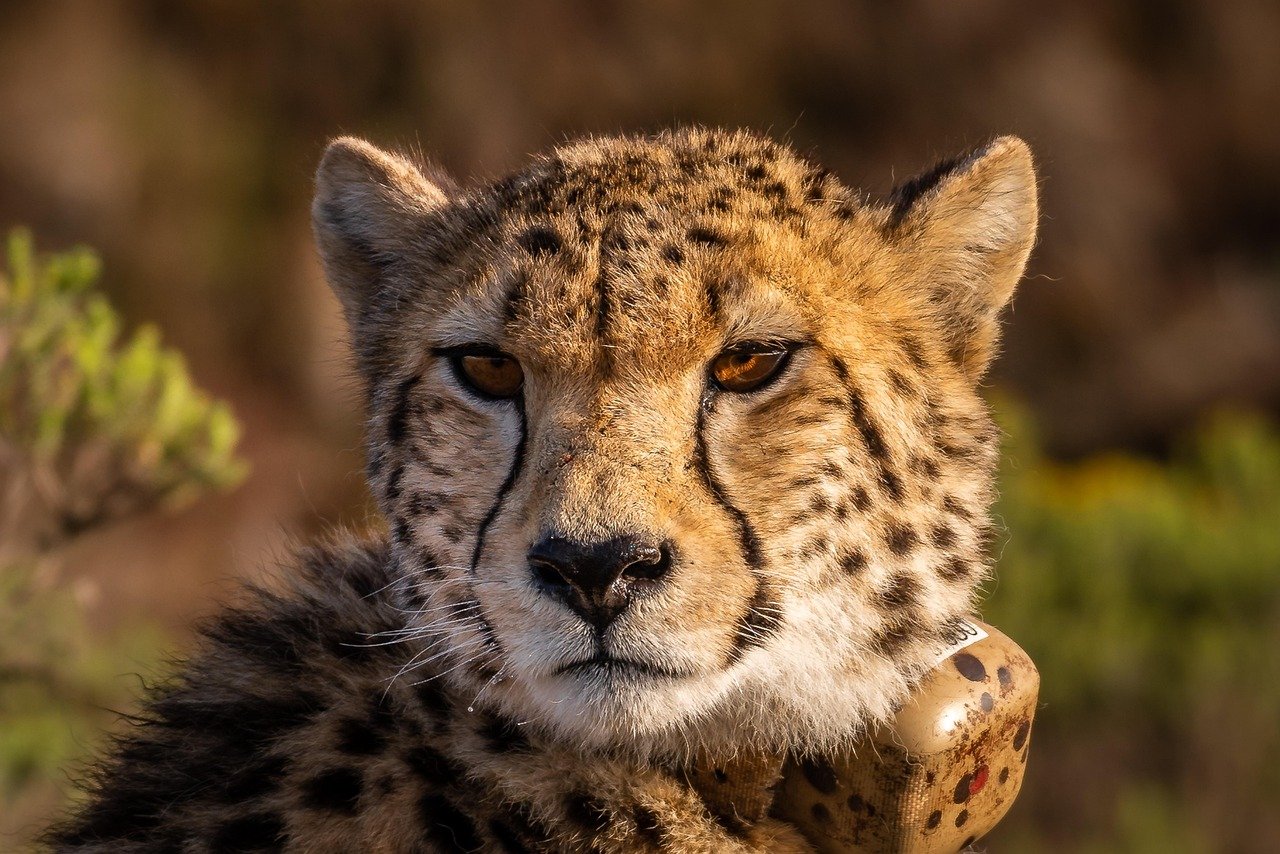The majestic world of big cats is filled with stories of resilience, survival, and the remarkable ability to adapt. Among these stories, the successful reintroduction of big cats into their natural habitats stands out as a testament to conservation efforts and the dedication of wildlife enthusiasts. This article explores six big cat species that have been successfully reintroduced into the wild, highlighting their journeys, the challenges they faced, and the triumphs that followed. Each of these magnificent creatures not only plays a vital role in their ecosystems but also captivates the hearts of cat lovers around the globe.
The Iberian Lynx
The Iberian Lynx, once teetering on the brink of extinction, has made a remarkable resurgence thanks to dedicated conservation efforts. In the early 2000s, their numbers dwindled to fewer than 100 individuals due to habitat loss and a sharp decline in their primary prey, the European rabbit. Concerted efforts, including breeding programs and extensive habitat restoration, have seen their numbers rise to over 400. The Iberian Lynx is now celebrated as a beacon of hope for conservationists, demonstrating that with commitment and collaboration, wildlife can be restored. Their recovery underscores the importance of preserving natural habitats and the delicate balance of ecosystems.
The Amur Leopard

With its stunning coat and elusive nature, the Amur Leopard faced near extinction, primarily due to poaching and habitat destruction. By the early 2000s, fewer than 30 individuals roamed the wild. Dedicated conservationists launched anti-poaching initiatives and prioritized habitat preservation, leading to a gradual population increase to approximately 100 individuals today. This success story underscores the critical need for international collaboration in wildlife conservation. The Amur Leopard’s journey emphasizes the importance of maintaining biodiversity and the interconnectedness of global efforts in wildlife protection.
The African Lion

Known as the “king of the jungle,” the African Lion has faced significant population declines due to habitat loss and human-wildlife conflict. However, reintroduction programs across Africa have shown promising results. In nations like South Africa, lions have been successfully reintroduced into protected areas, resulting in increased populations and healthier ecosystems. These initiatives highlight the necessity of sustainable coexistence between humans and wildlife. By fostering environments where lions can thrive, we not only protect a symbol of strength and courage but also ensure the health of entire ecosystems.
The Snow Leopard

The Snow Leopard, with its ethereal beauty and elusive nature, has long faced threats from poaching and climate change. Conservationists have been relentless in their efforts to safeguard their habitats and promote community-based conservation initiatives. Successful reintroduction programs in regions like Nepal have resulted in increased populations and improved livelihoods for local communities. The story of the Snow Leopard serves as a poignant reminder of the delicate balance between wildlife conservation and human development. Their survival is intricately linked to the well-being of the communities they share their habitats with.
The Cheetah

Renowned for its incredible speed, the Cheetah has seen its population dwindle due to habitat loss and human encroachment. Efforts in countries like Namibia and South Africa have led to successful reintroduction programs in protected areas. These initiatives focus not only on breeding and releasing cheetahs but also on educating local communities about the significance of conserving these magnificent cats. The journey of the Cheetah epitomizes the power of collaboration in conservation, emphasizing the importance of raising awareness and fostering community support.
The Tiger

As the largest of the big cats, Tigers have faced immense challenges due to poaching and habitat loss. Conservation efforts, particularly in countries like India, have led to successful reintroduction programs, resulting in increased tiger populations in protected reserves. These initiatives highlight the significance of preserving biodiversity and the critical role tigers play as apex predators in their ecosystems. The ongoing battle to protect these majestic creatures serves as a rallying cry for wildlife enthusiasts worldwide. By ensuring their survival, we safeguard the intricate web of life they support.
Conclusion
The successful reintroduction of these six big cat species into the wild is a powerful reminder of the resilience of nature and the importance of conservation efforts. Each story reflects the dedication of individuals and organizations committed to protecting these magnificent creatures and their habitats. As we continue to face challenges in wildlife conservation, it is essential to remain hopeful and proactive in our efforts to ensure a future where big cats roam freely in the wild. By supporting conservation initiatives and raising awareness, we can all play a part in safeguarding the legacy of these incredible animals for generations to come.

Hi, I’m Bola, a passionate writer and creative strategist with a knack for crafting compelling content that educates, inspires, and connects. Over the years, I’ve honed my skills across various writing fields, including content creation, copywriting, online course development, and video scriptwriting.
When I’m not at my desk, you’ll find me exploring new ideas, reading books, or brainstorming creative ways to solve challenges. I believe that words have the power to transform, and I’m here to help you leverage that power for success.
Thanks for stopping by, Keep coming to this website to checkout new articles form me. You’d always love it!






